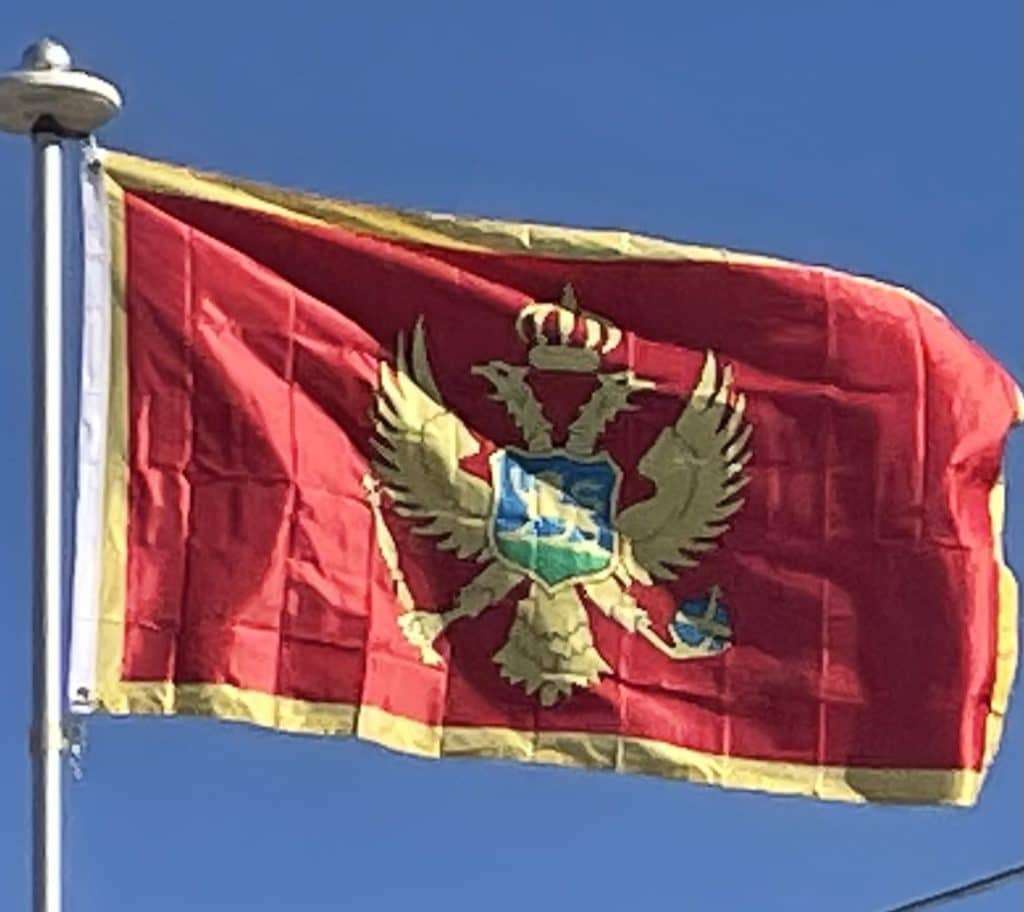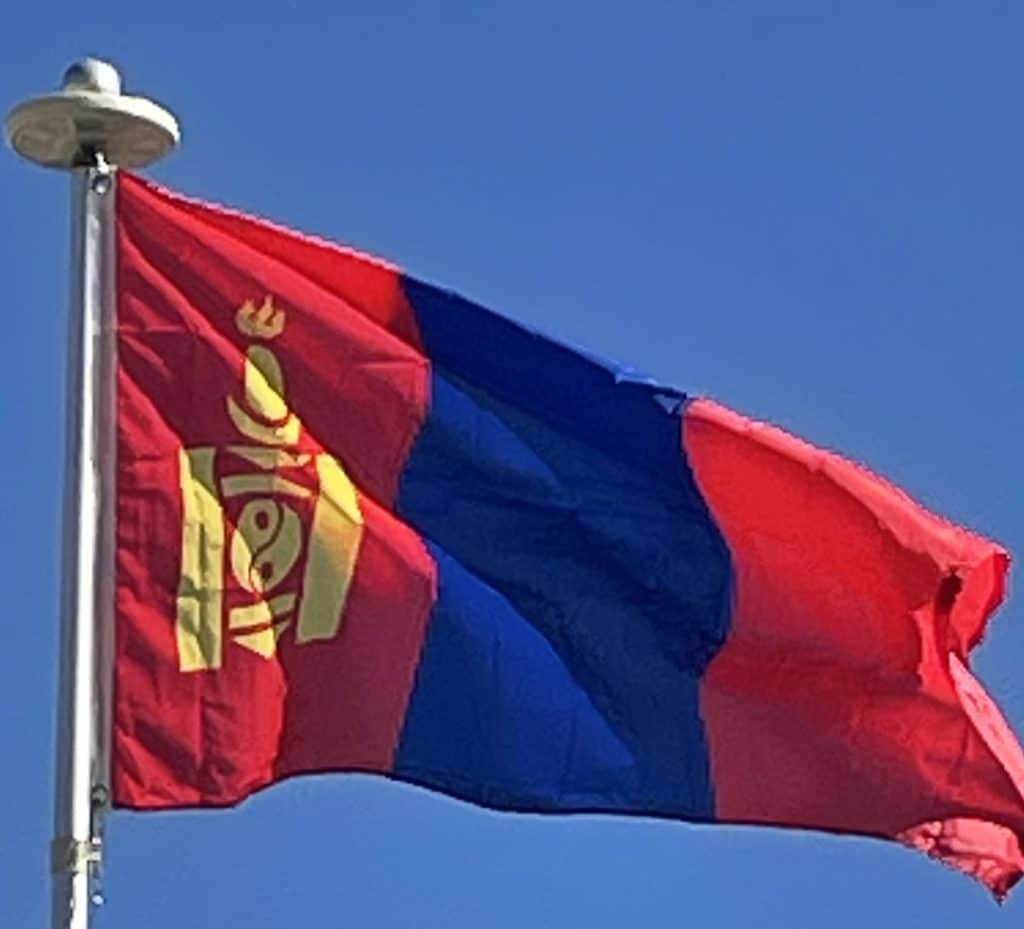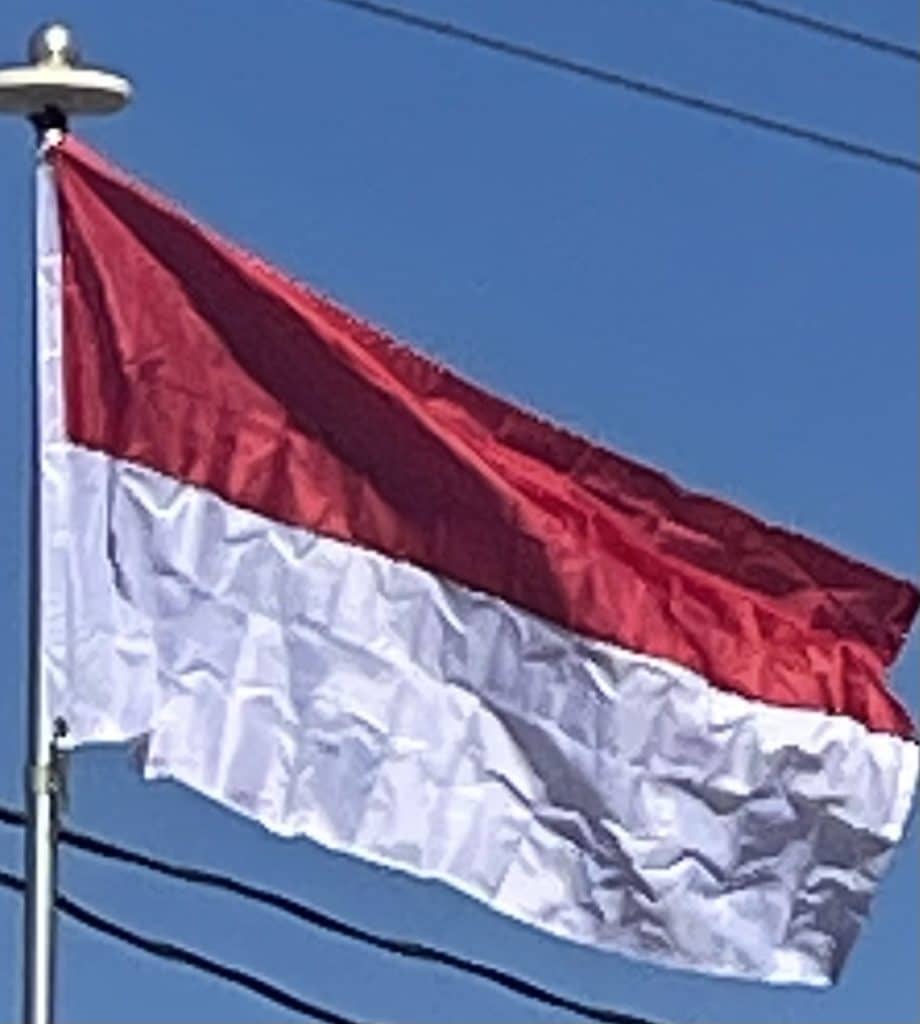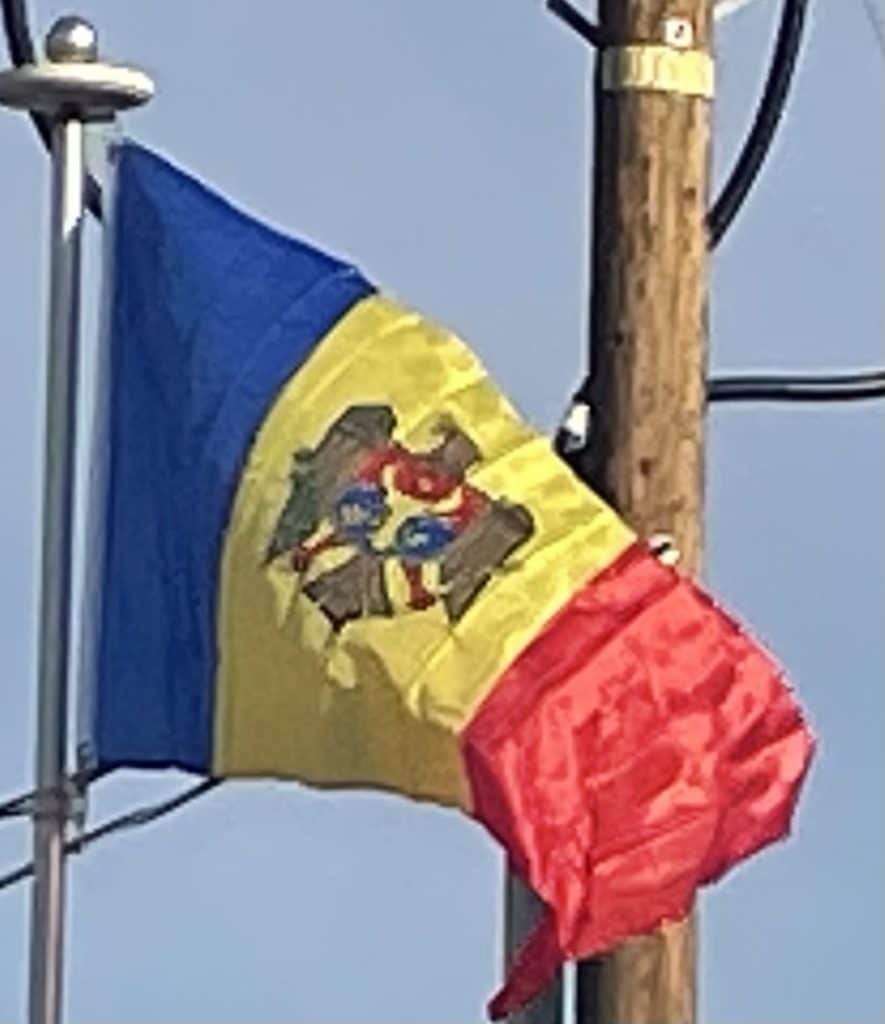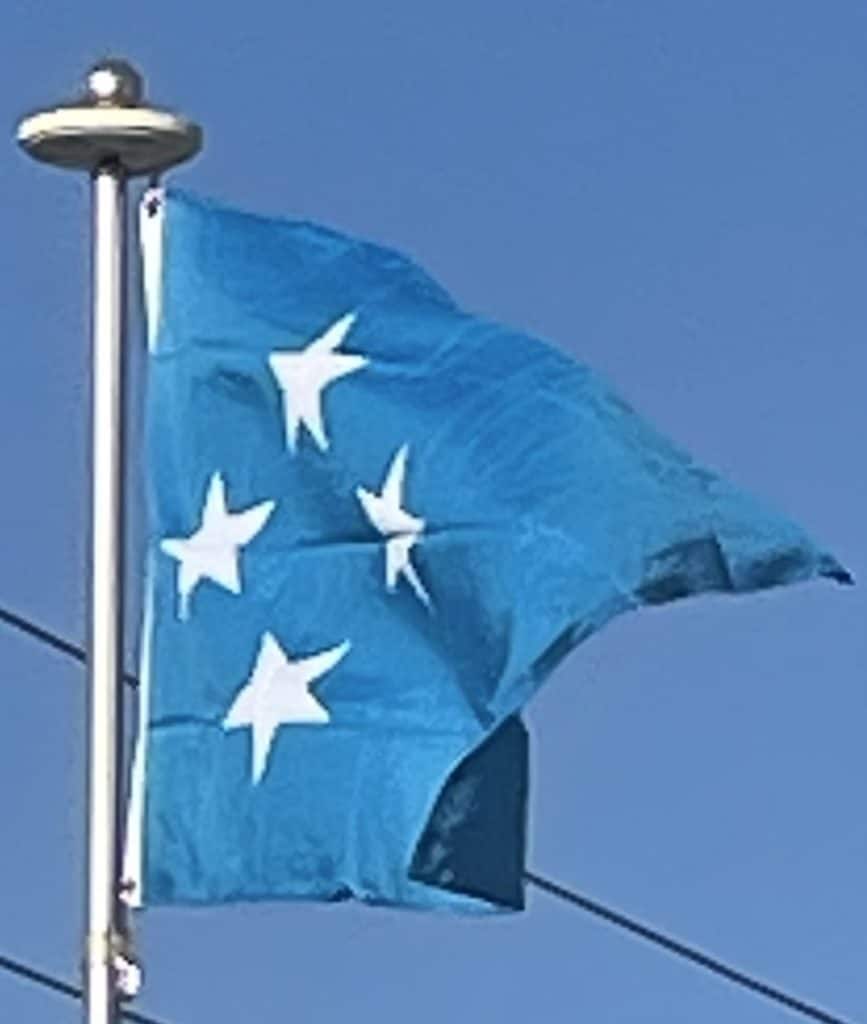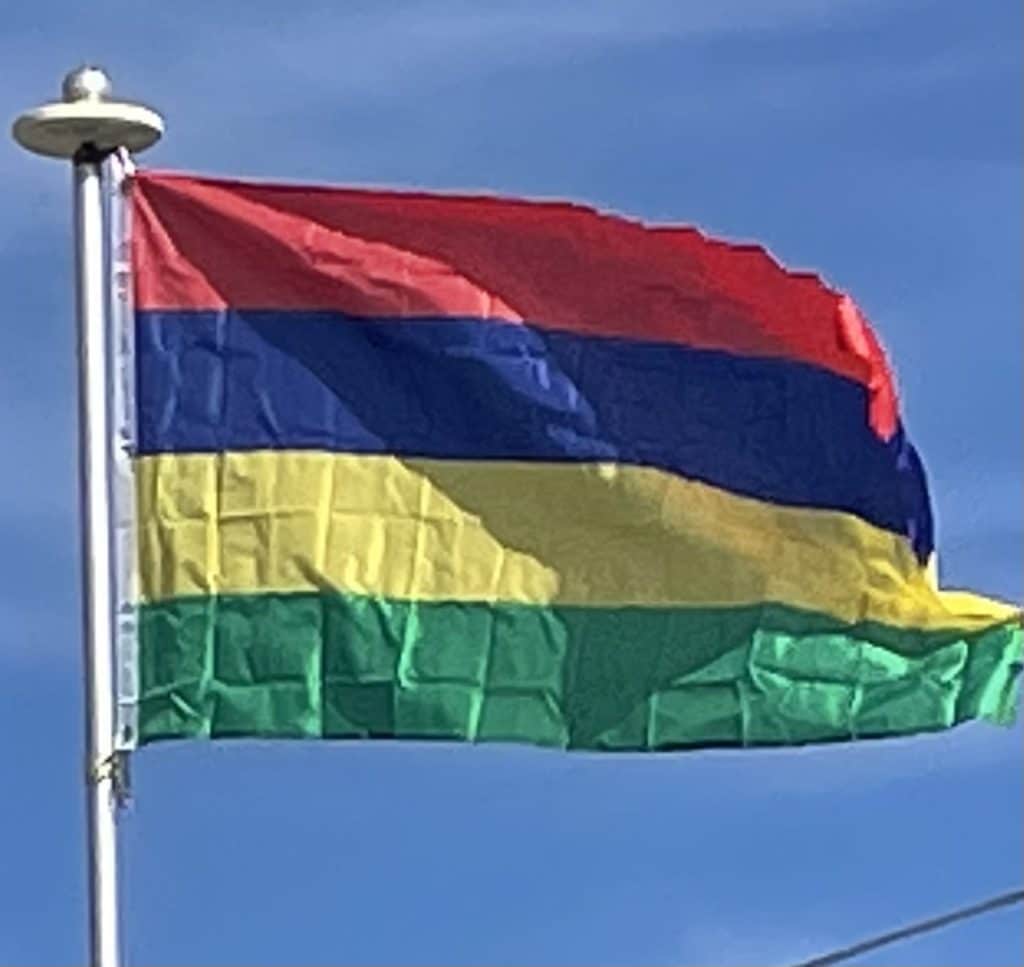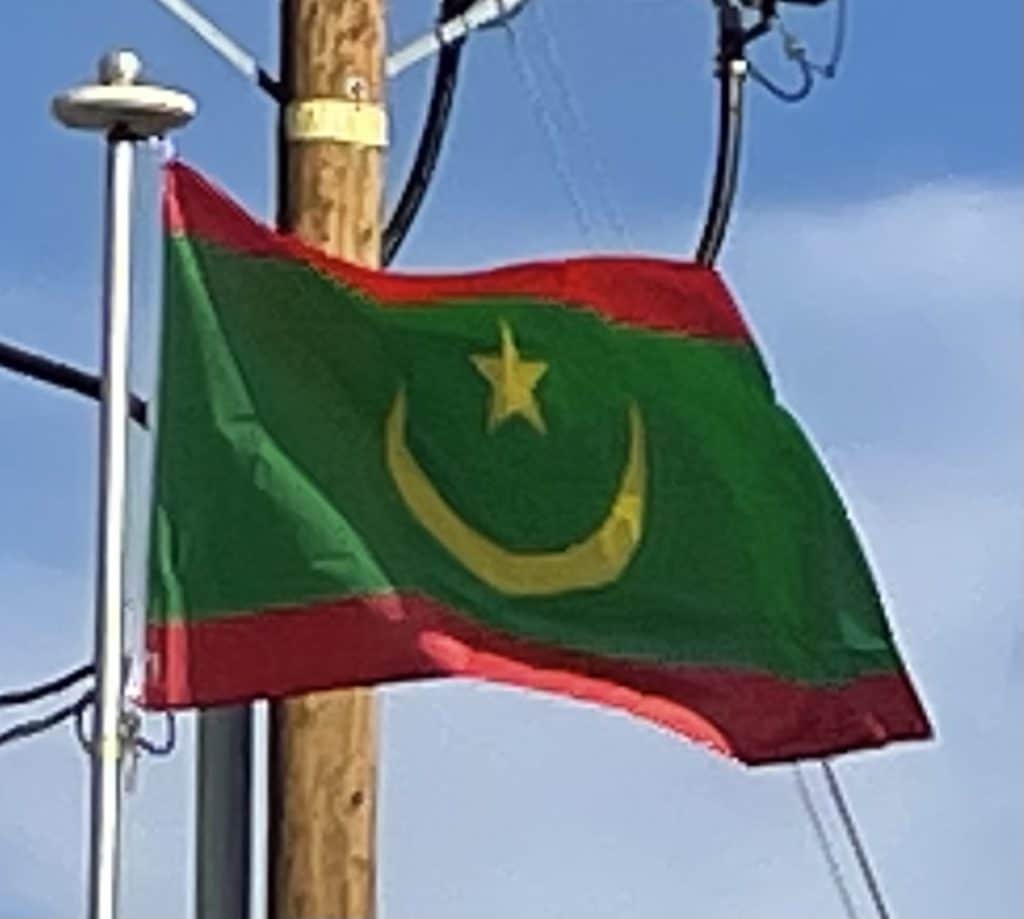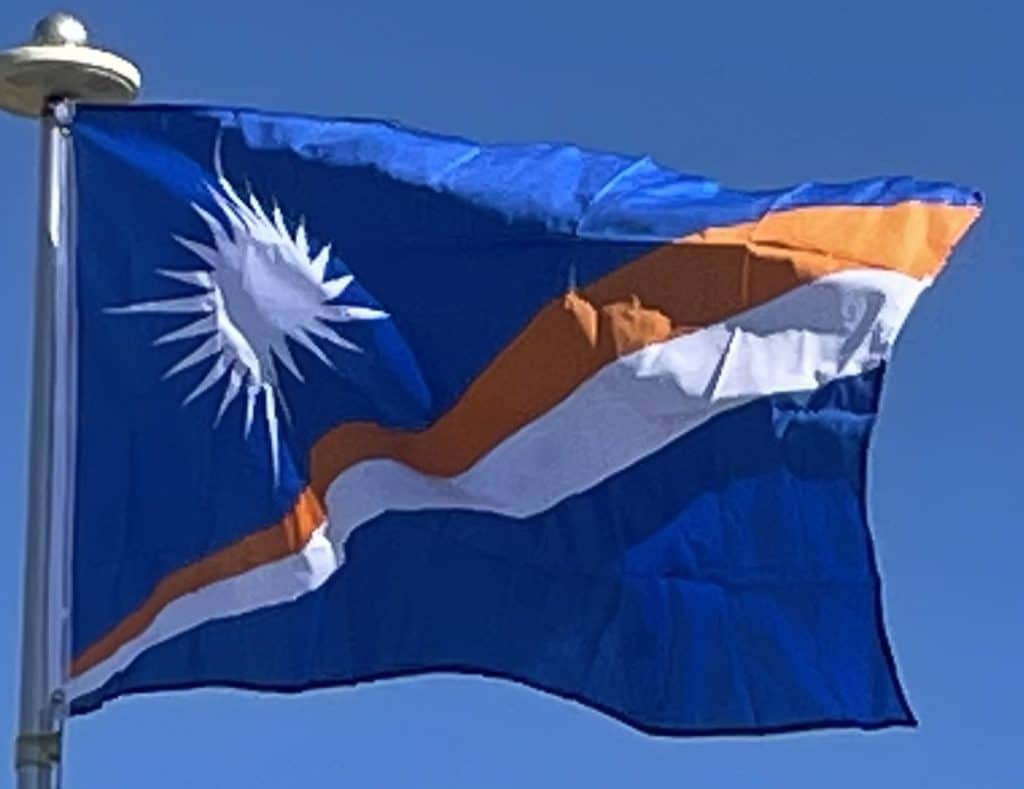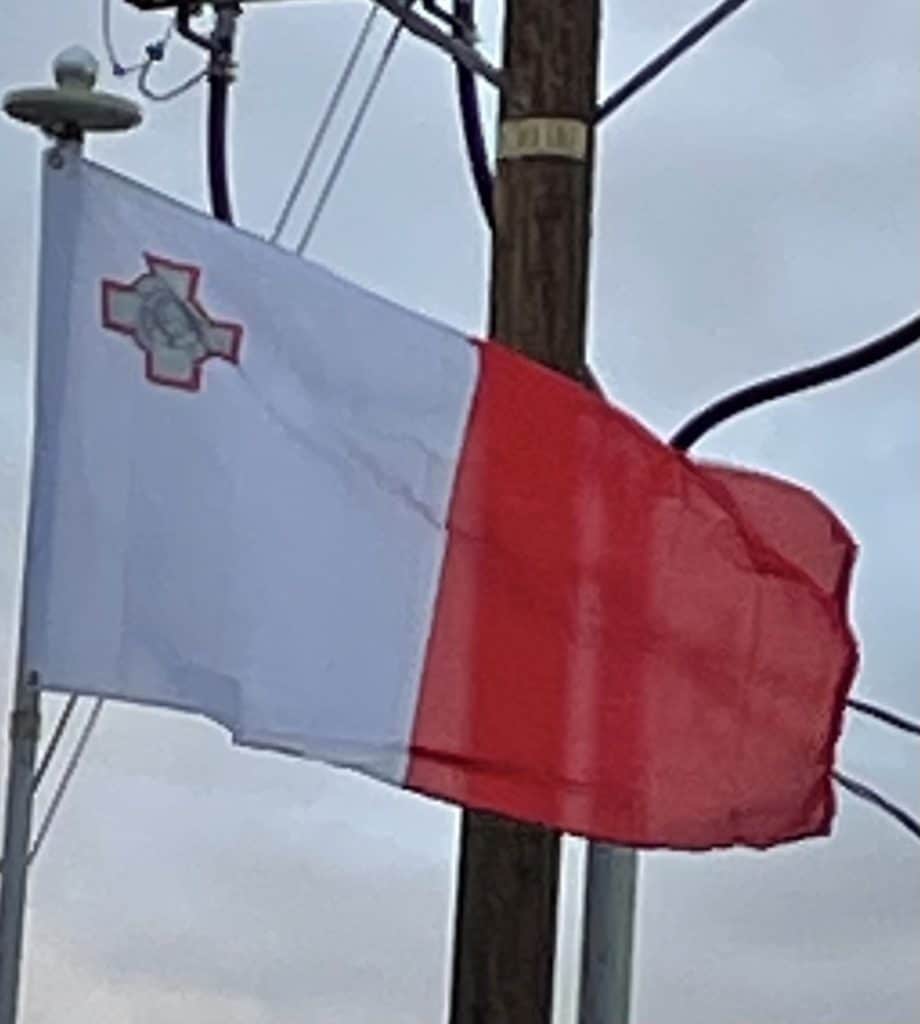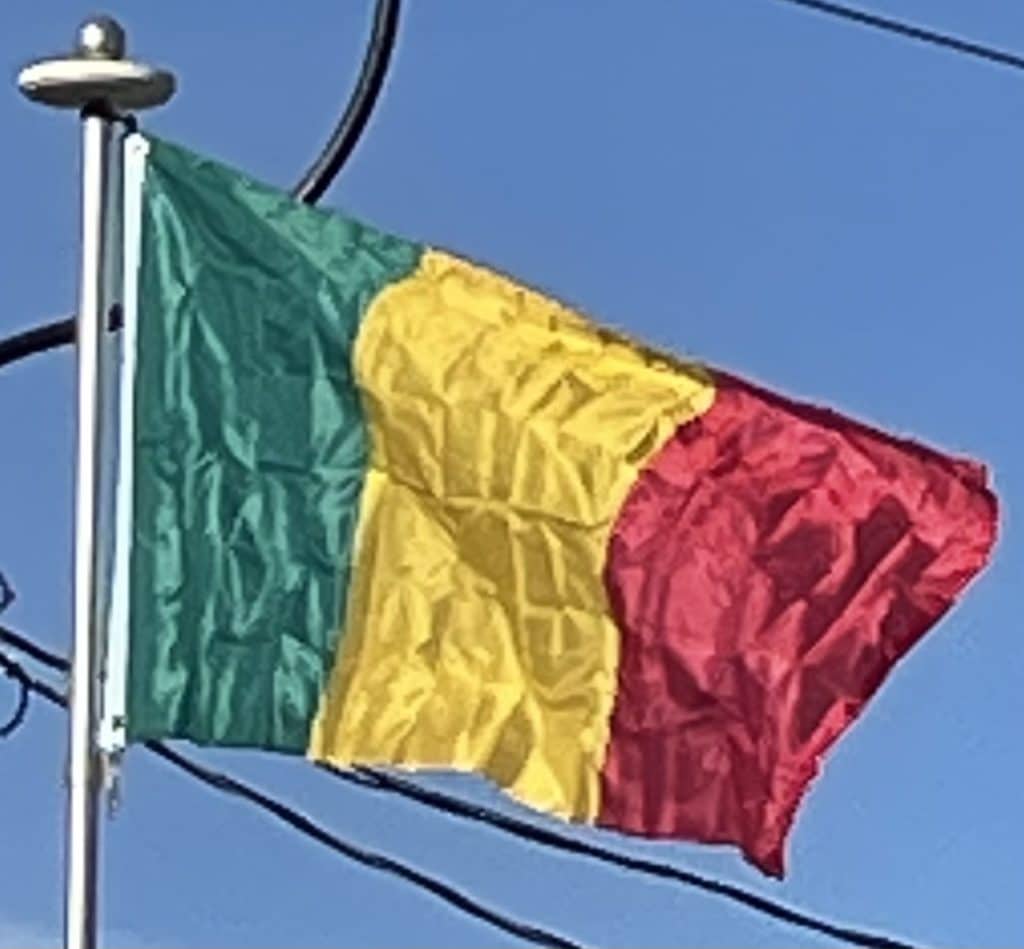Montenegro
The flag of Montenegro is red, with the coat of arms in the middle, and golden borders. The ratio of the flag is 1:2. The coat of arms takes up 2⁄3 of the flag’s height. The middle point of the coat of arms matches the middle point of the flag. The width of the border is 1⁄20 of the flag’s proportions. Two versions of the Montenegrin flag are in use, horizontal, mostly used outdoor; and vertical, mostly used indoor.
